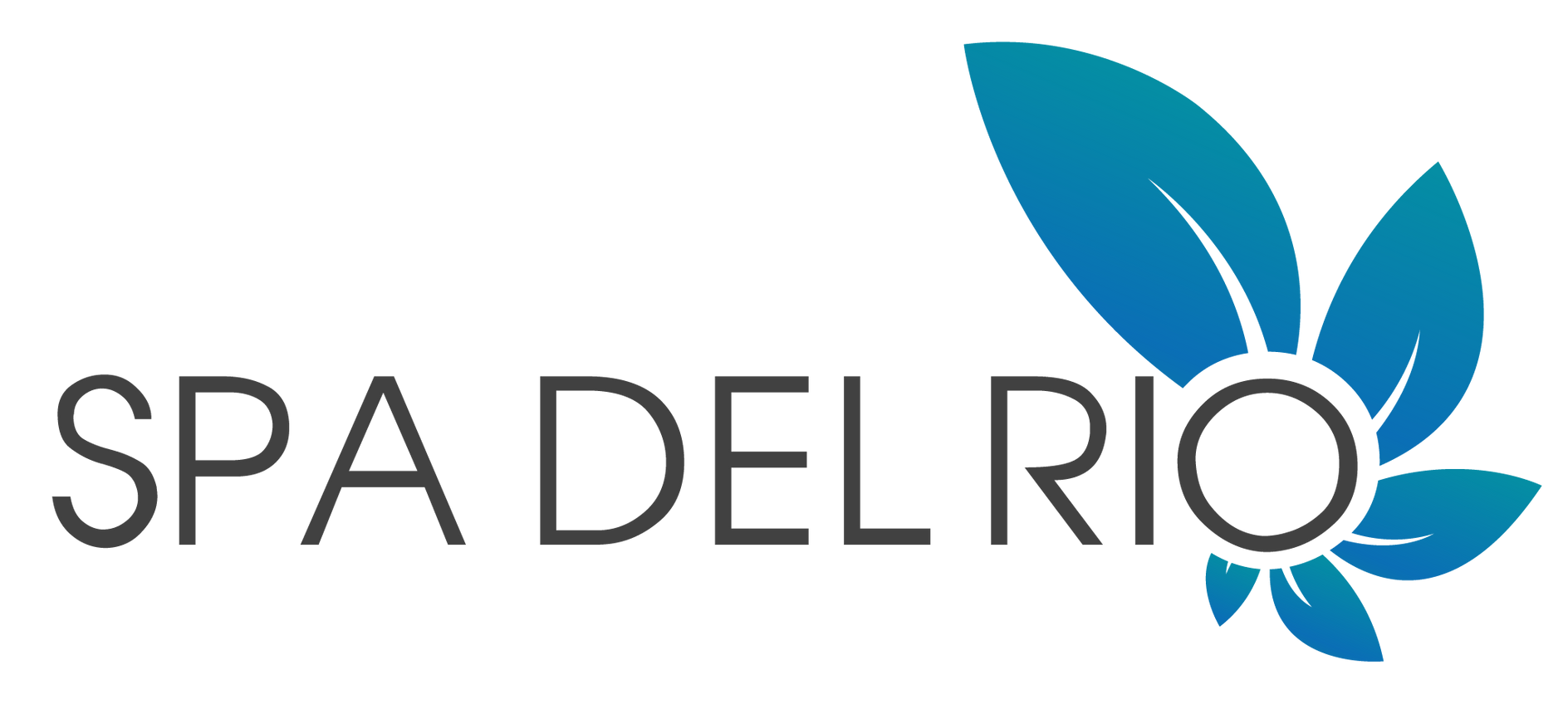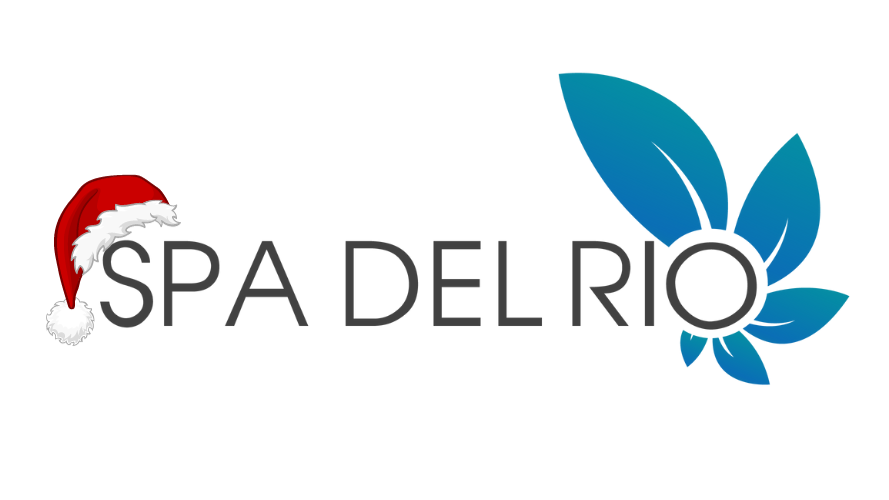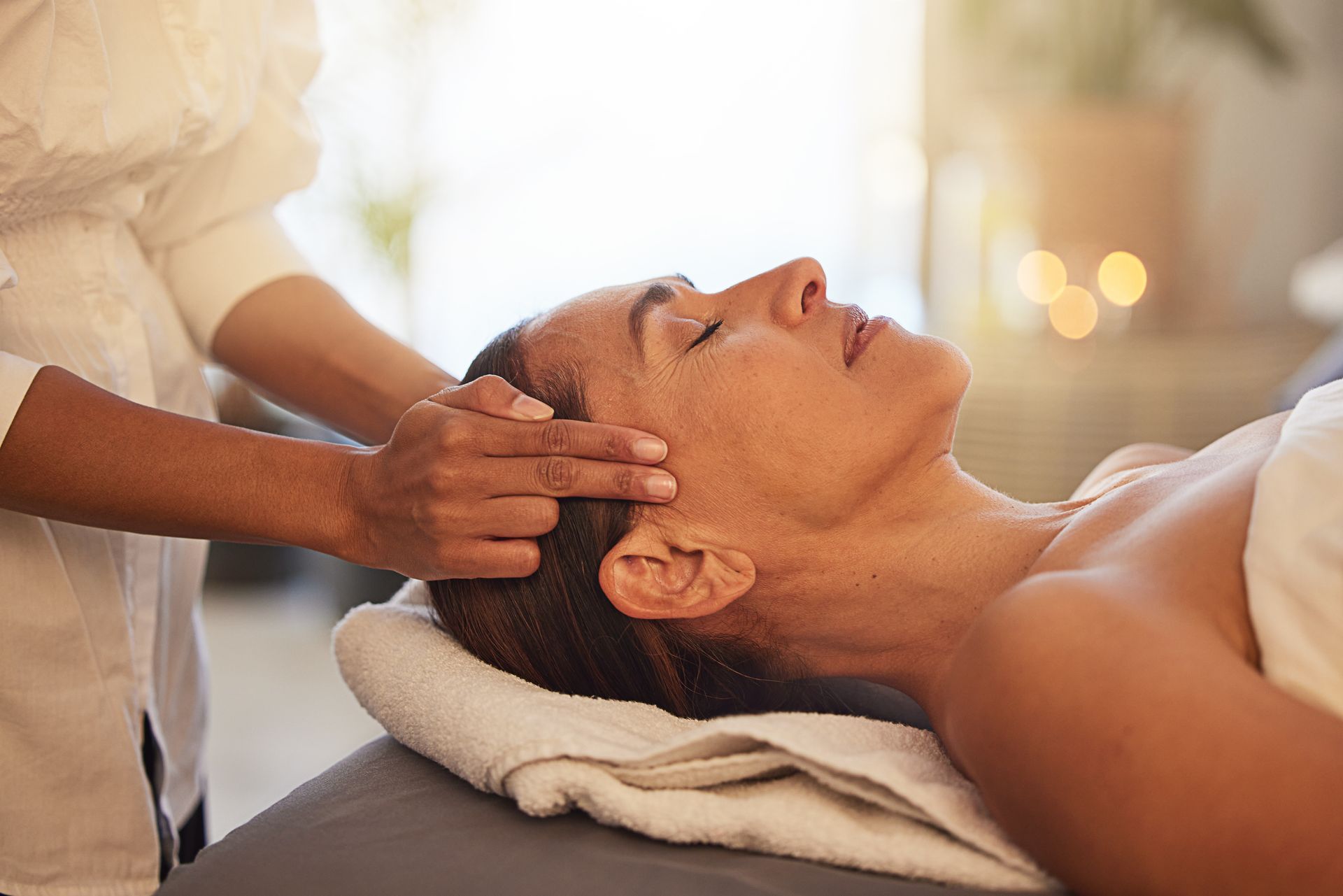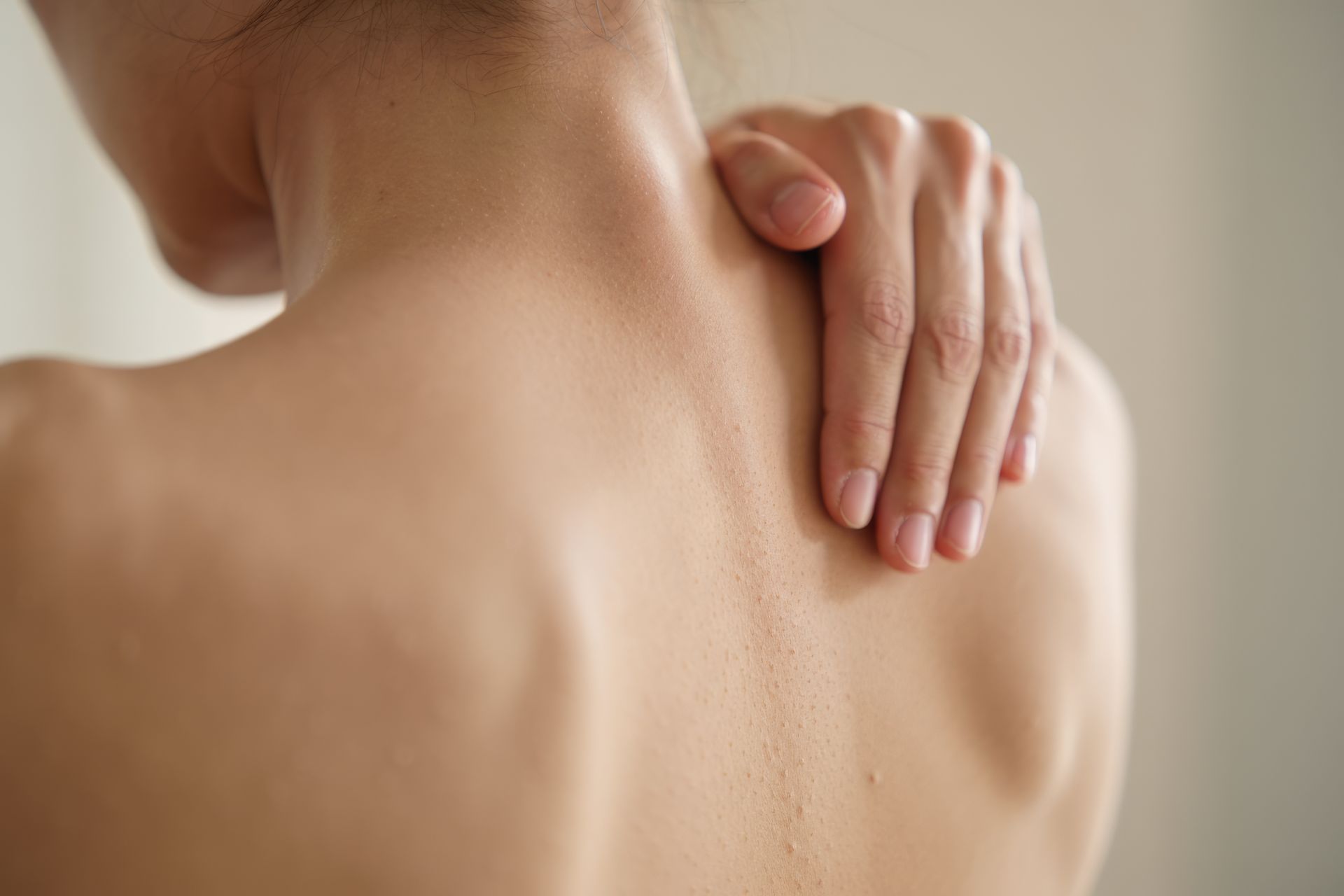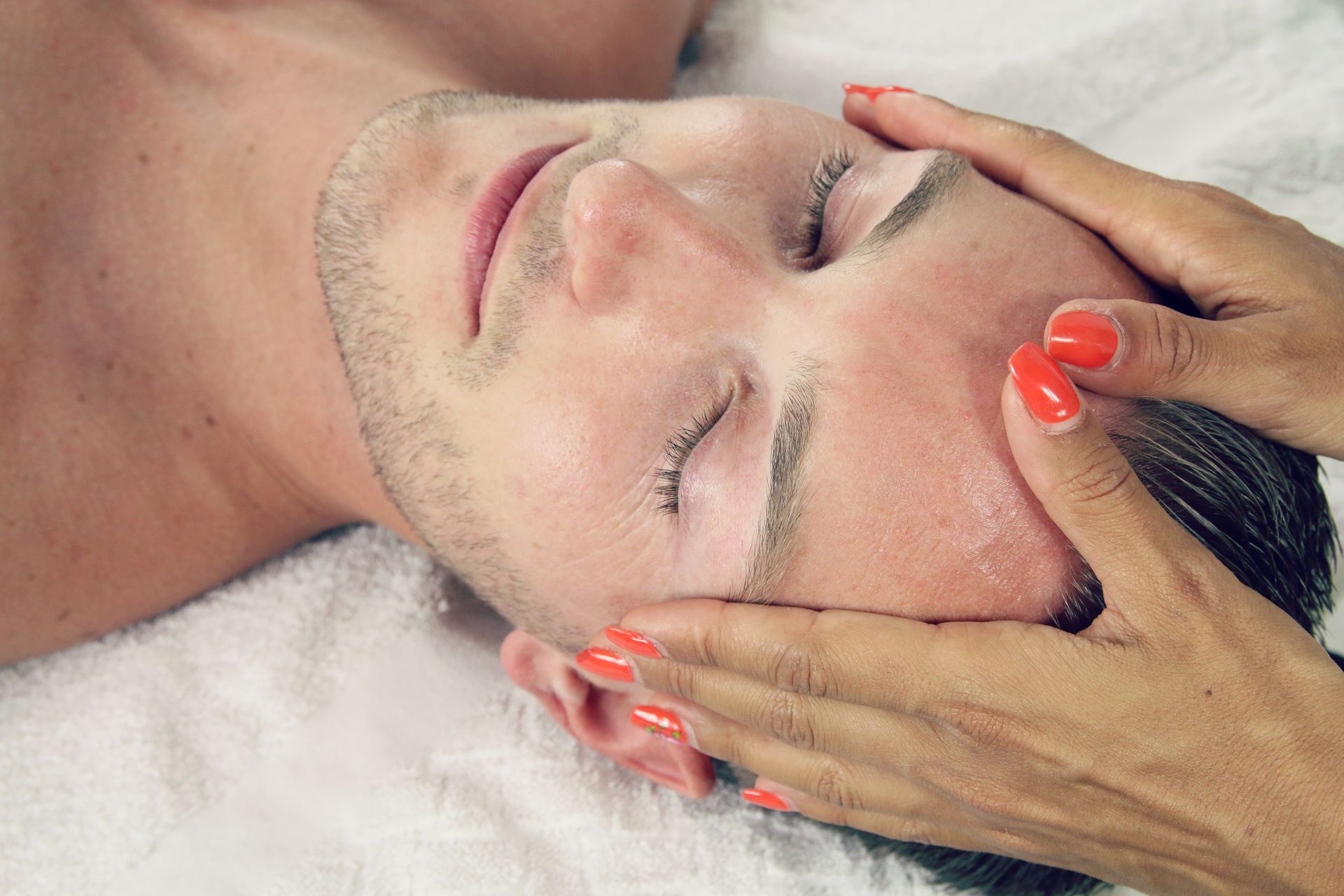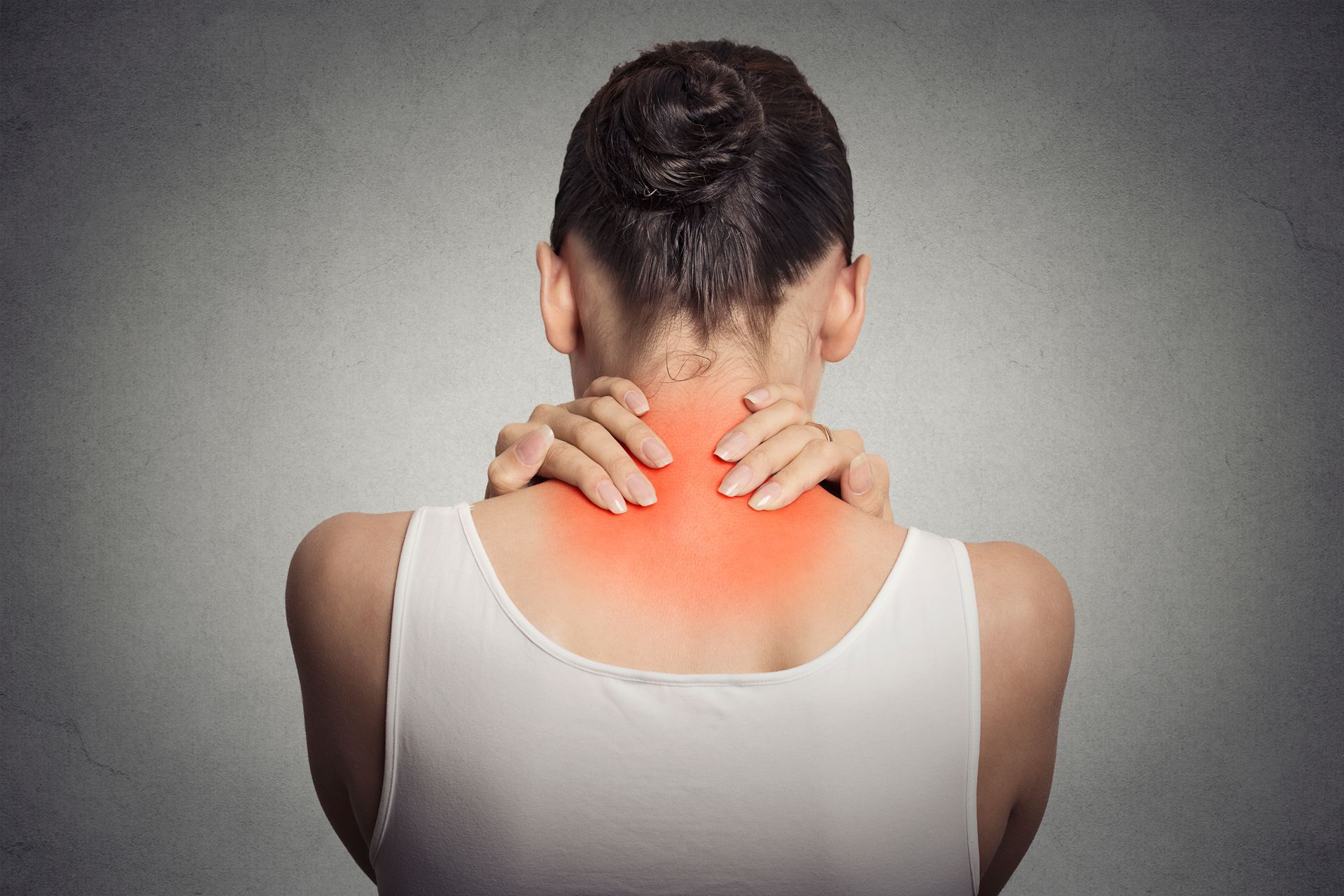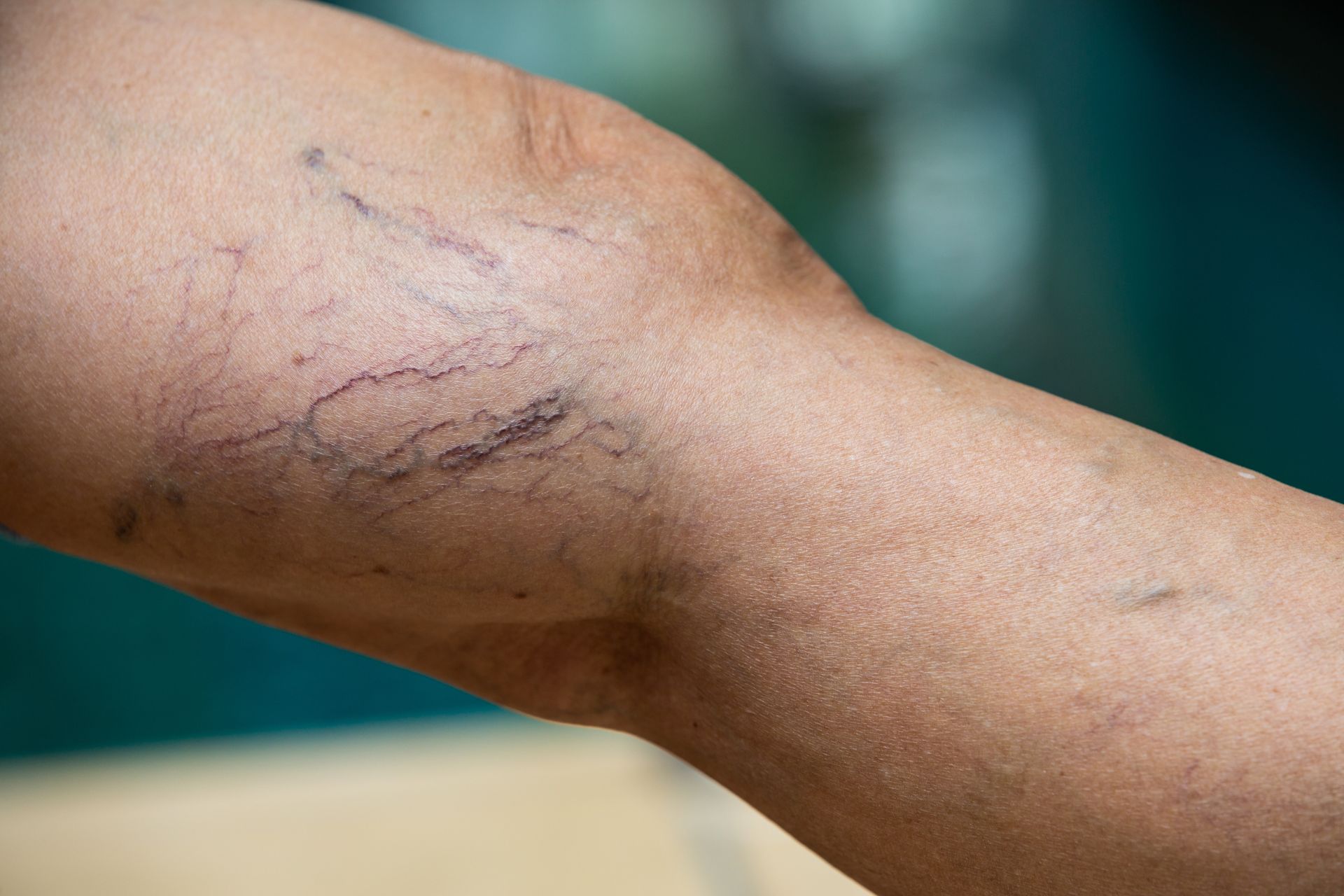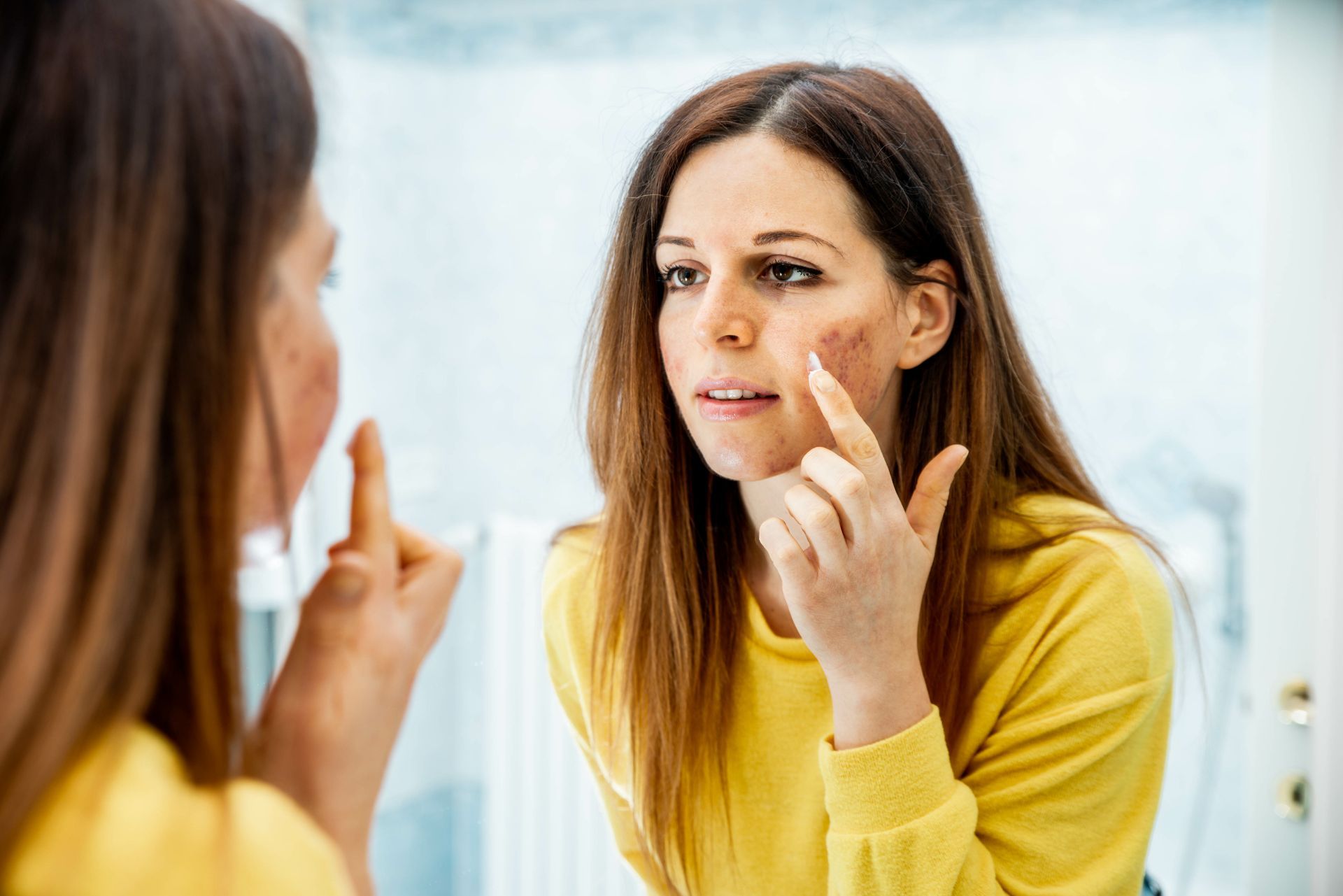Milia: What Causes It and How to Treat It Safely
Discover why these tiny white bumps appear—and the best ways to treat them without damaging your skin
Have you ever noticed tiny white or yellowish bumps under your skin that just won’t go away, no matter how many scrubs or creams you try? These stubborn little bumps are called milia, and they’re a lot more common than you think.
Unlike pimples, milia aren’t caused by bacteria or inflammation. They’re tiny cysts formed when keratin, a protein naturally found in the skin, becomes trapped just beneath the surface.
What Causes Milia?
Milia often appear on the face—especially around the eyes, nose, and cheeks—but they can form anywhere. Common causes include:
- Slow natural exfoliation – Dead skin cells aren’t shedding properly, so they become trapped under the skin.
- Heavy skincare products – Rich creams and oils can clog pores and contribute to buildup.
- Sun damage – Chronic sun exposure thickens the outer layer of the skin, making it harder for dead cells to shed.
- Skin trauma – Burns, blisters, or even over-exfoliation can disrupt normal skin regeneration.
- Genetics – Some skin types are just more prone to milia than others.
How to Get Rid of Milia
Because milia are trapped under the skin, they usually don’t respond to traditional acne treatments or pore-clearing strips. In fact, trying to pop them yourself can cause scarring or infection.
The best approach involves using skincare ingredients that promote healthy exfoliation and prevent keratin buildup:
- Retinol (Vitamin A)
Helps speed up cell turnover and can gradually dissolve milia over time. Use with caution and apply sunscreen daily, as retinol can increase sensitivity to the sun.
- Salicylic Acid (BHA)
Penetrates deep into the pores to exfoliate and clear blockages. Great for oilier skin types or milia in the T-zone.
- Glycolic Acid (AHA)
Sloughs off surface dead skin cells, helping loosen milia. Often found in exfoliating serums and peels.
- Lactic Acid
A gentler AHA that also hydrates while exfoliating, making it a good option for sensitive or dry skin types.
- Niacinamide
Supports a healthy skin barrier and helps regulate oil, minimizing the chances of new milia forming.
When to See a Professional
Sometimes, milia need to be professionally extracted—especially if they’ve been there for a while or are clustered in sensitive areas like under the eyes. In these cases, a dermatologist can safely remove them using a sterile lancet.
It’s important to note: while some estheticians may offer advanced facial treatments to help prevent and manage milia, they are not allowed to use lancets in California. For actual extraction, your safest and most effective option is to book an appointment with a licensed dermatologist.
Final Thoughts
Milia may be small, but they can be incredibly persistent. With a combination of gentle exfoliating ingredients and professional guidance, you can treat and prevent these little bumps safely.
The key? Be patient, don’t pick, and when in doubt—consult a dermatologist.
Spa in Laguna Beach, best spa in Laguna Beach, luxury spa Laguna Beach, best massage in Laguna Beach, deep tissue massage Laguna Beach, couples massage Laguna Beach, facial in Laguna Beach, best facial in Laguna Beach, anti-aging facial Laguna Beach, acne facial Laguna Beach, hydrating facial Laguna Beach, microdermabrasion Laguna Beach, spa packages Laguna Beach, spa deals Laguna Beach, day spa Laguna Beach, massage in Orange County, best massage in Orange County, facial in Orange County, best facial in Orange County, spa near me, massage near me, facial near me, massage therapy Laguna Beach, Laguna Beach day spa, Orange County wellness spa, boutique spa Laguna Beach, self-care spa Laguna Beach, lymphatic drainage massage Laguna Beach, prenatal massage Laguna Beach, massage and facial combo Laguna Beach, weekday spa specials Laguna Beach, Orange County spa retreat
